Statistics from the Vietnam Administration of Seas and Islands showed that the country discharges about 0.28 – 0.73 million tonnes of plastic waste into the sea annually, ranking fourth among those discarding the biggest volumes of this type of waste.
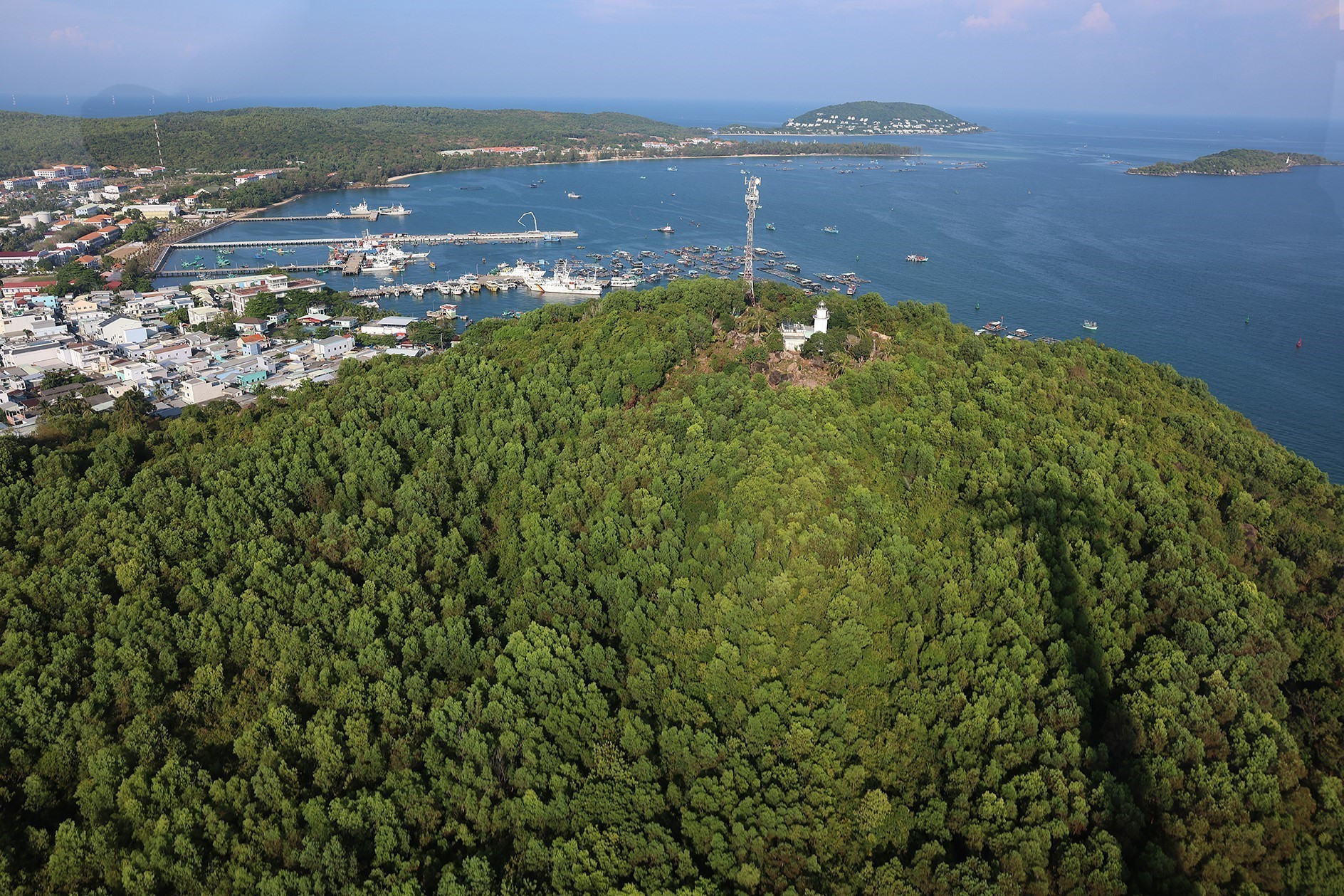
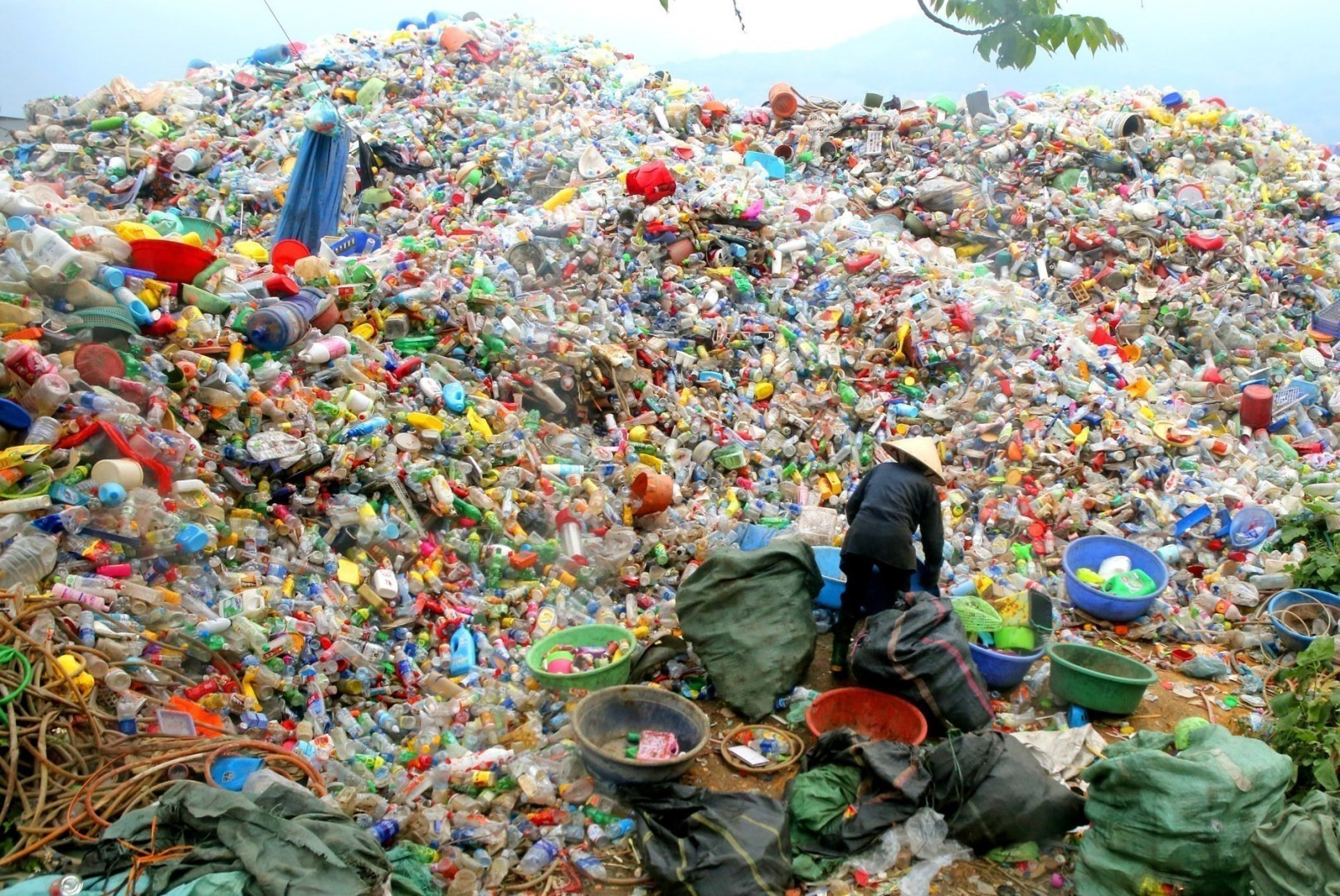
A garbage collection site for recycling in Lao Cai province (Photo: VNA)
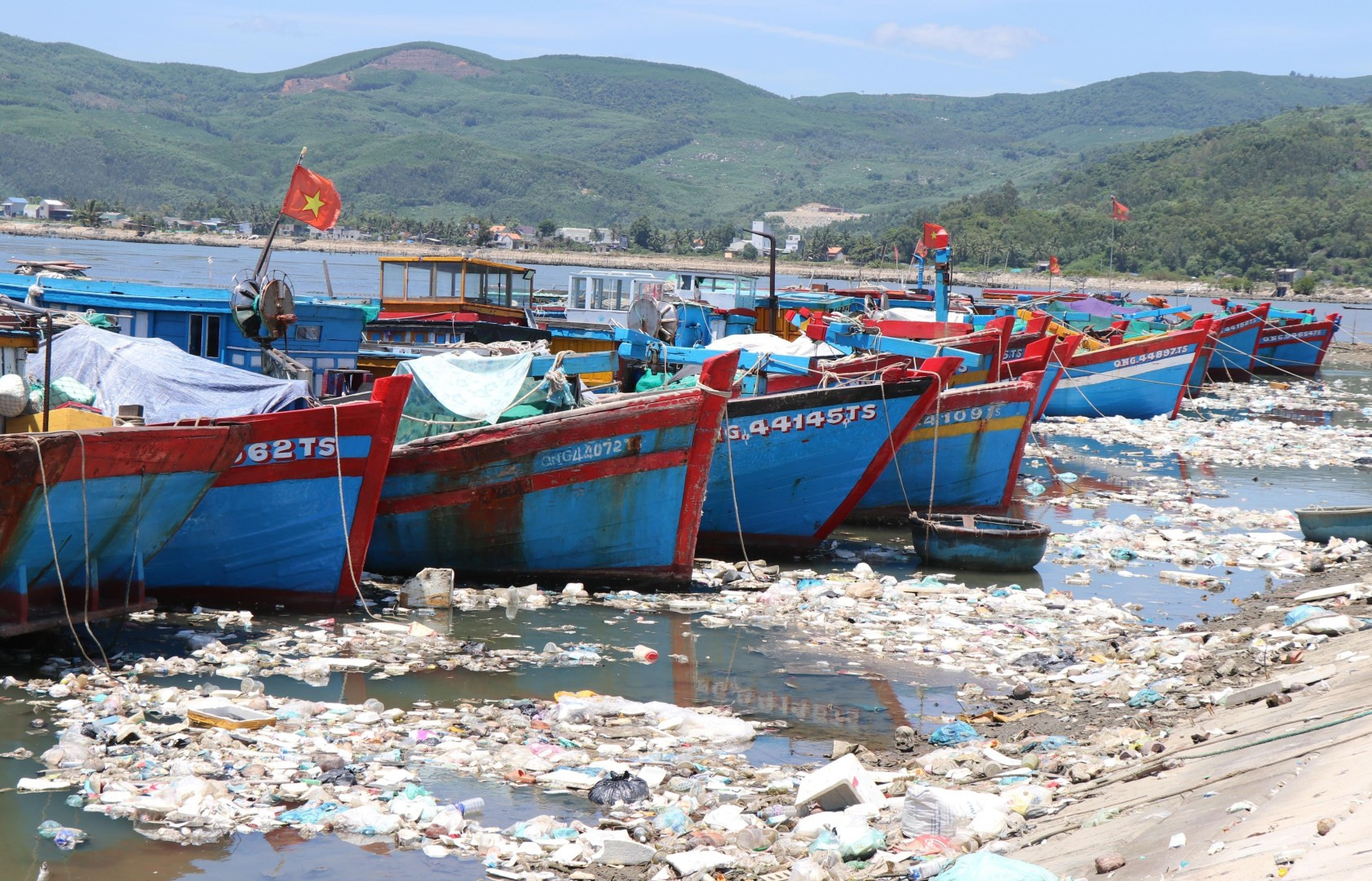
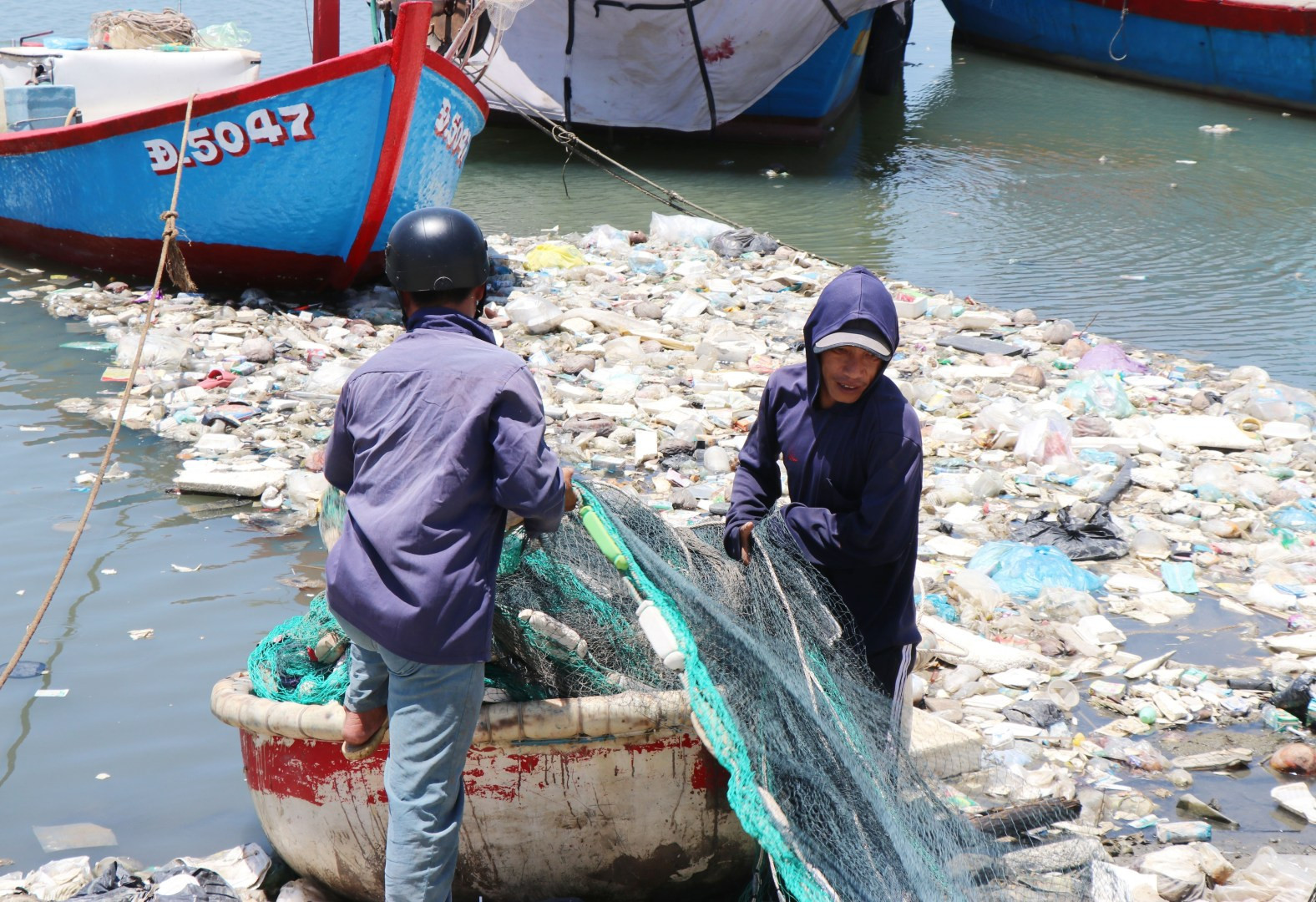
On December 4, 2019, the Prime Minister promulgated a national action plan on ocean plastic waste management until 2030. The plan’s goals include reducing marine plastic waste by 75%; collecting 100% of lost or discarded fishing tools; all coastal tourist areas, accommodation establishments and other tourism services not using single-use plastic products or non-biodegradable bags; and keeping all marine protected areas free of plastic waste by 2030.
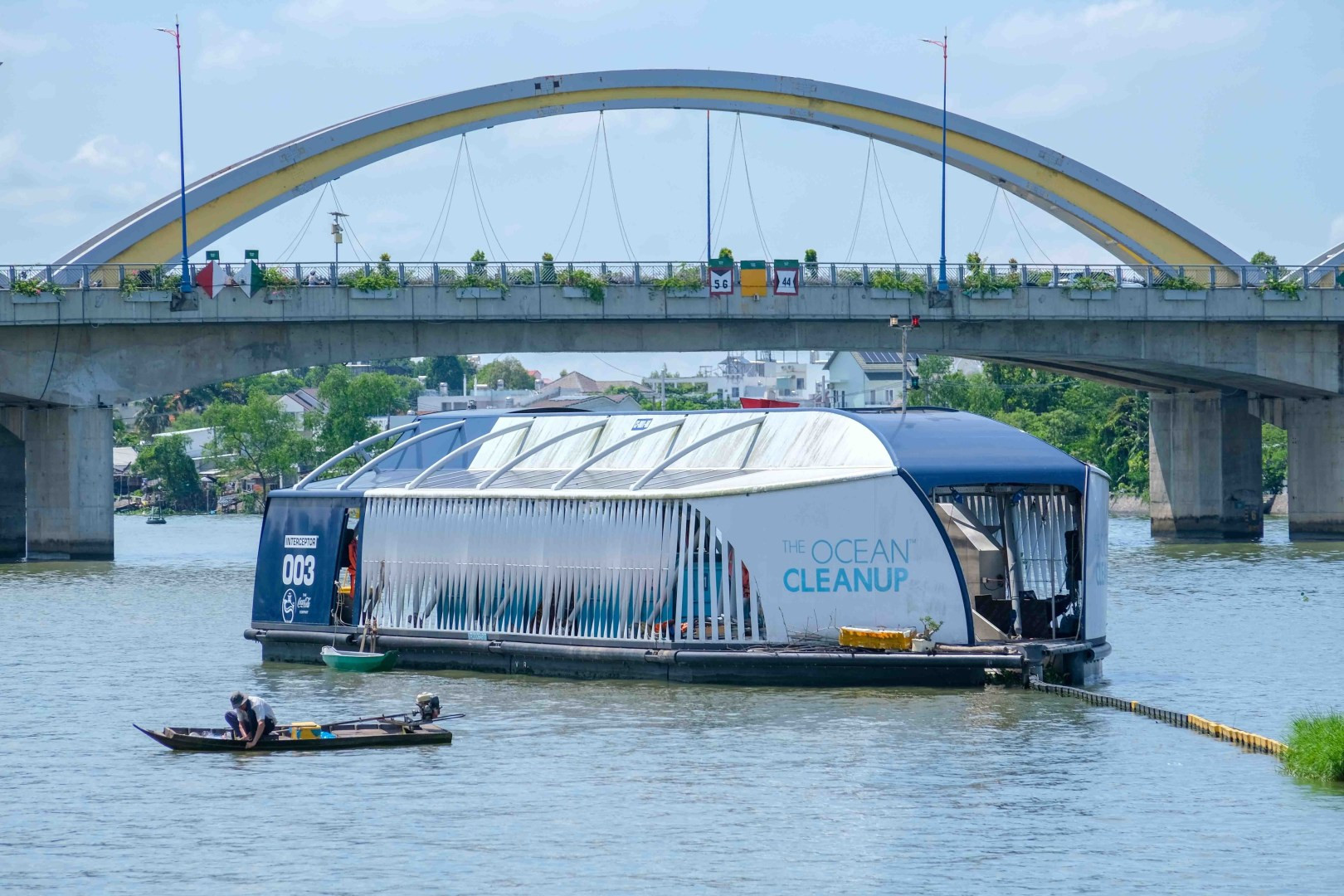
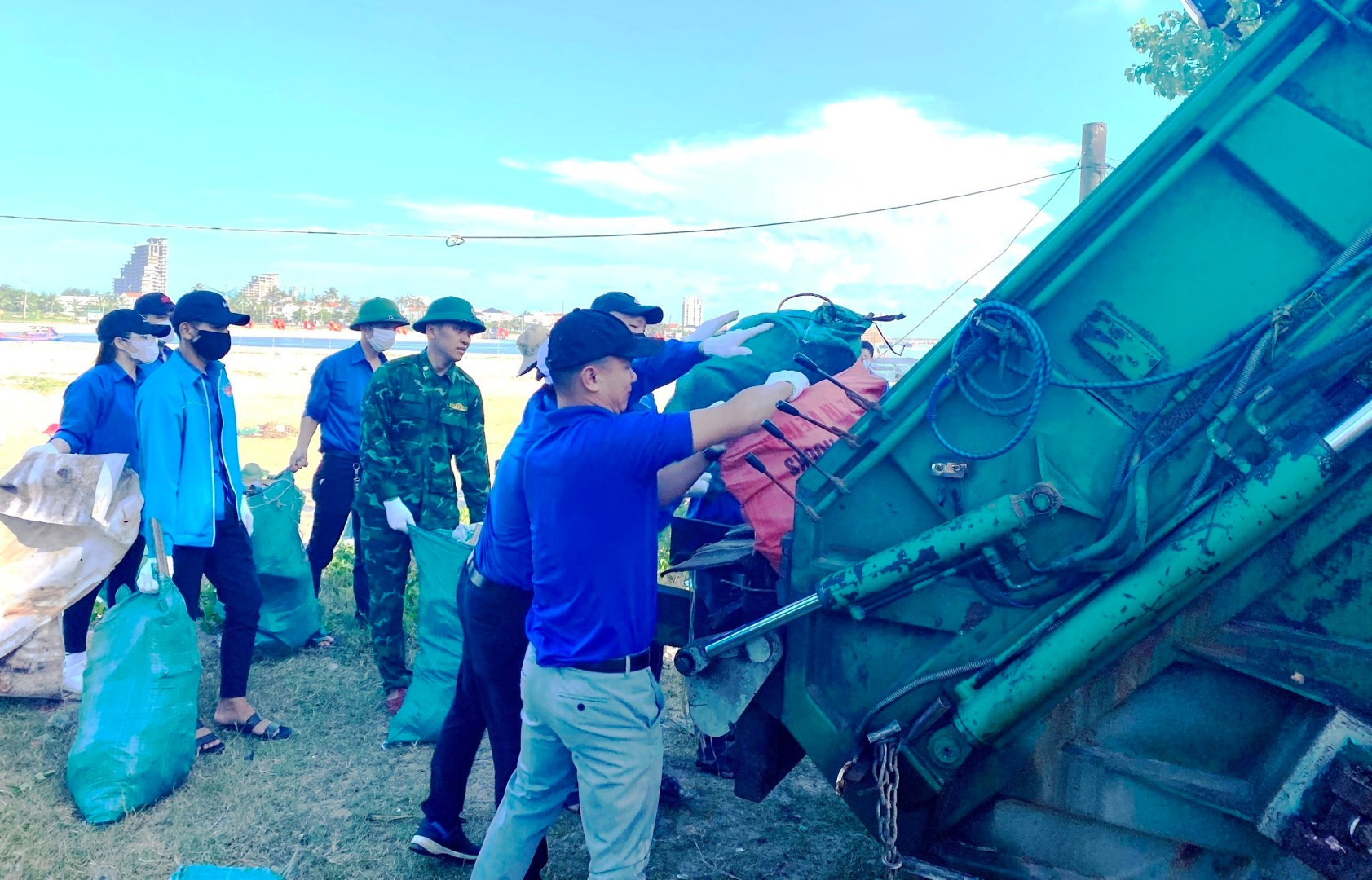
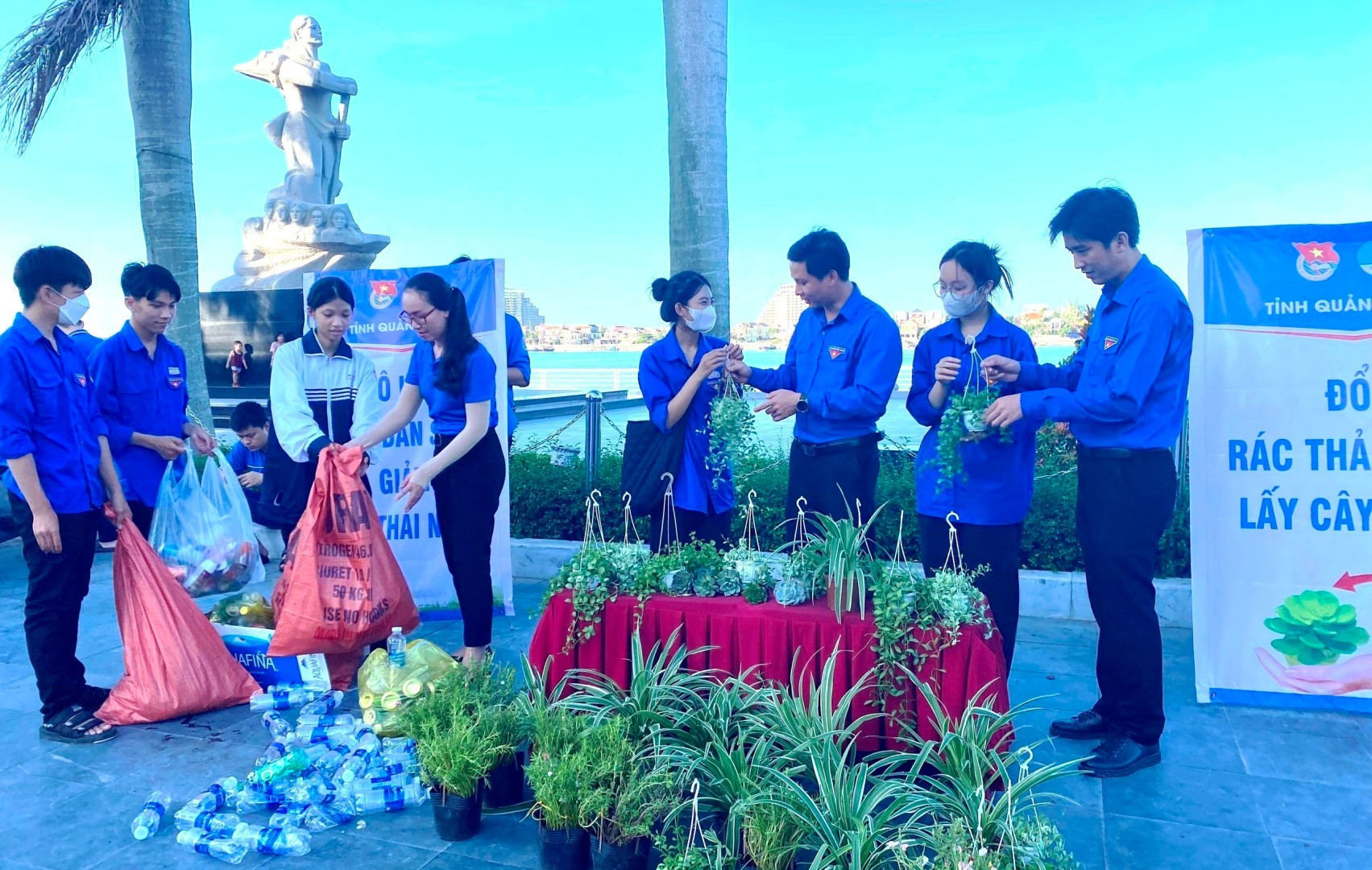
Nguyen Van Tai, Director of the Ministry of Natural Resources and Environment’s Nature and Biodiversity Conservation Agency, said changing people’s awareness and habit of using single-use plastic products in their daily life, changing the manufacturing and trading of plastic products, as well as changing the practice of releasing waste into the environment remain key solutions.
It is necessary to collect and treat plastic waste in each water body while enhancing localities’ sense of responsibility towards managing the water areas recording plastic waste, he said, highlighting the importance of choosing collection methods suitable for local conditions to ensure that waste is collected thoroughly and effectively.
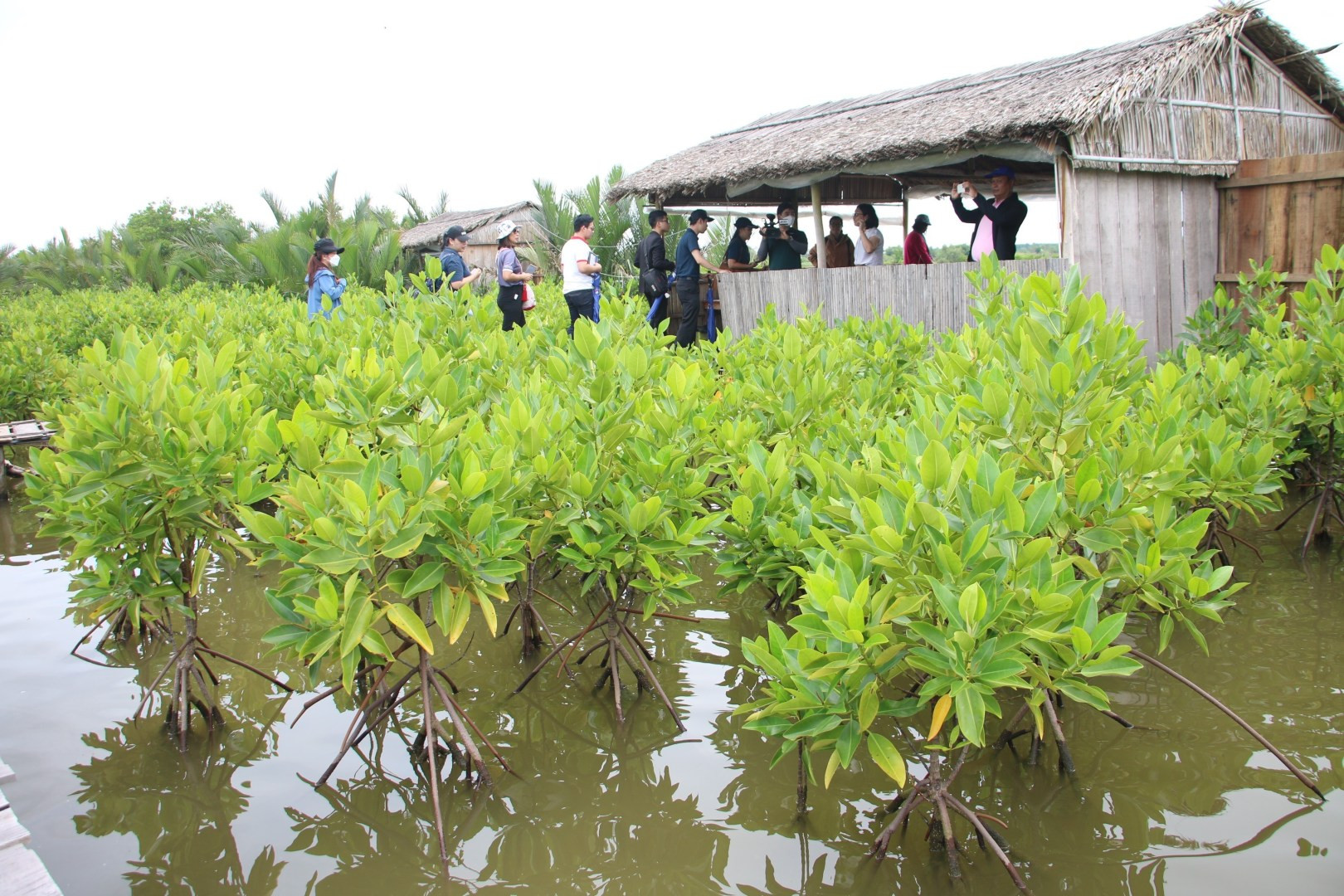
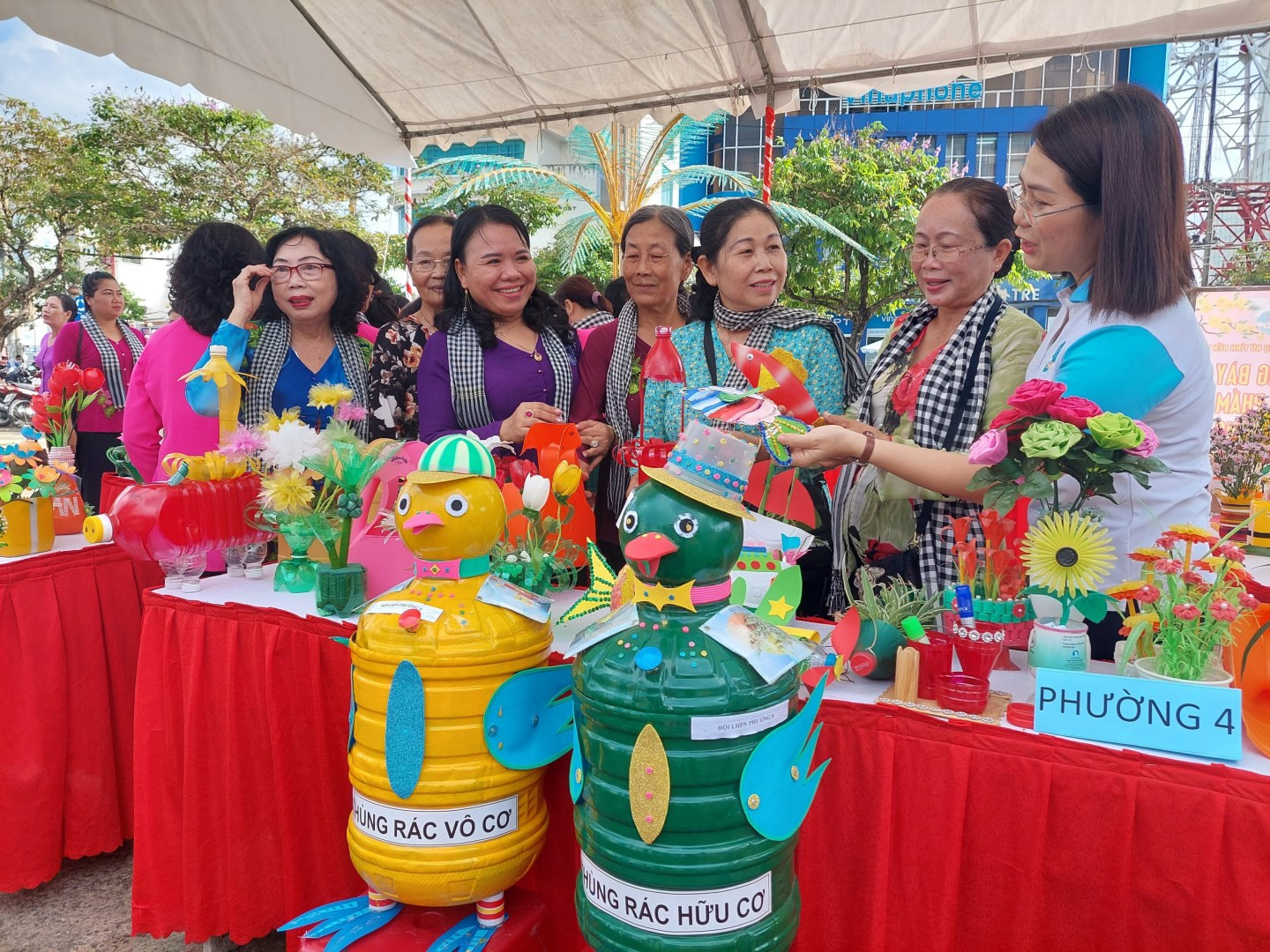
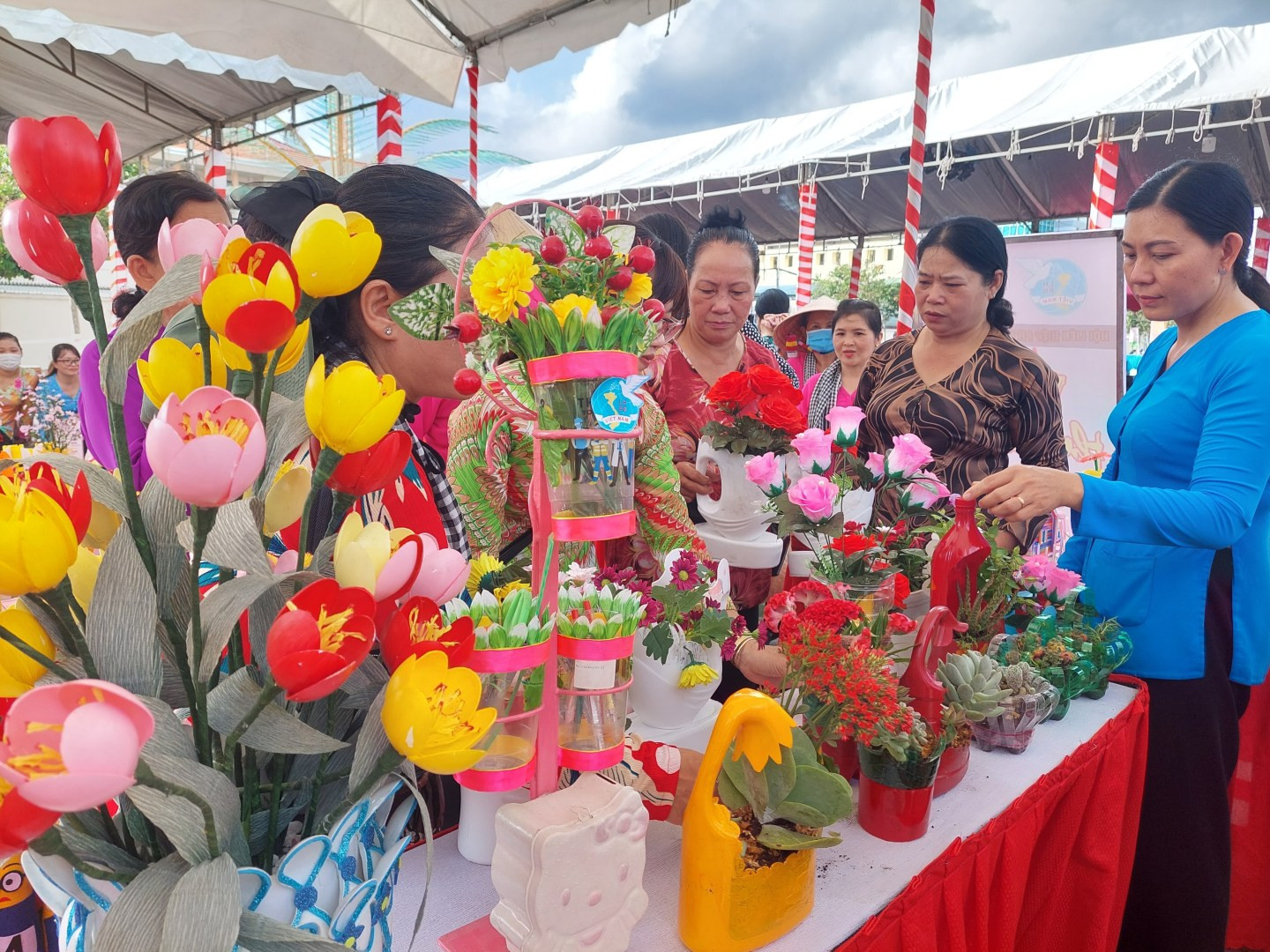
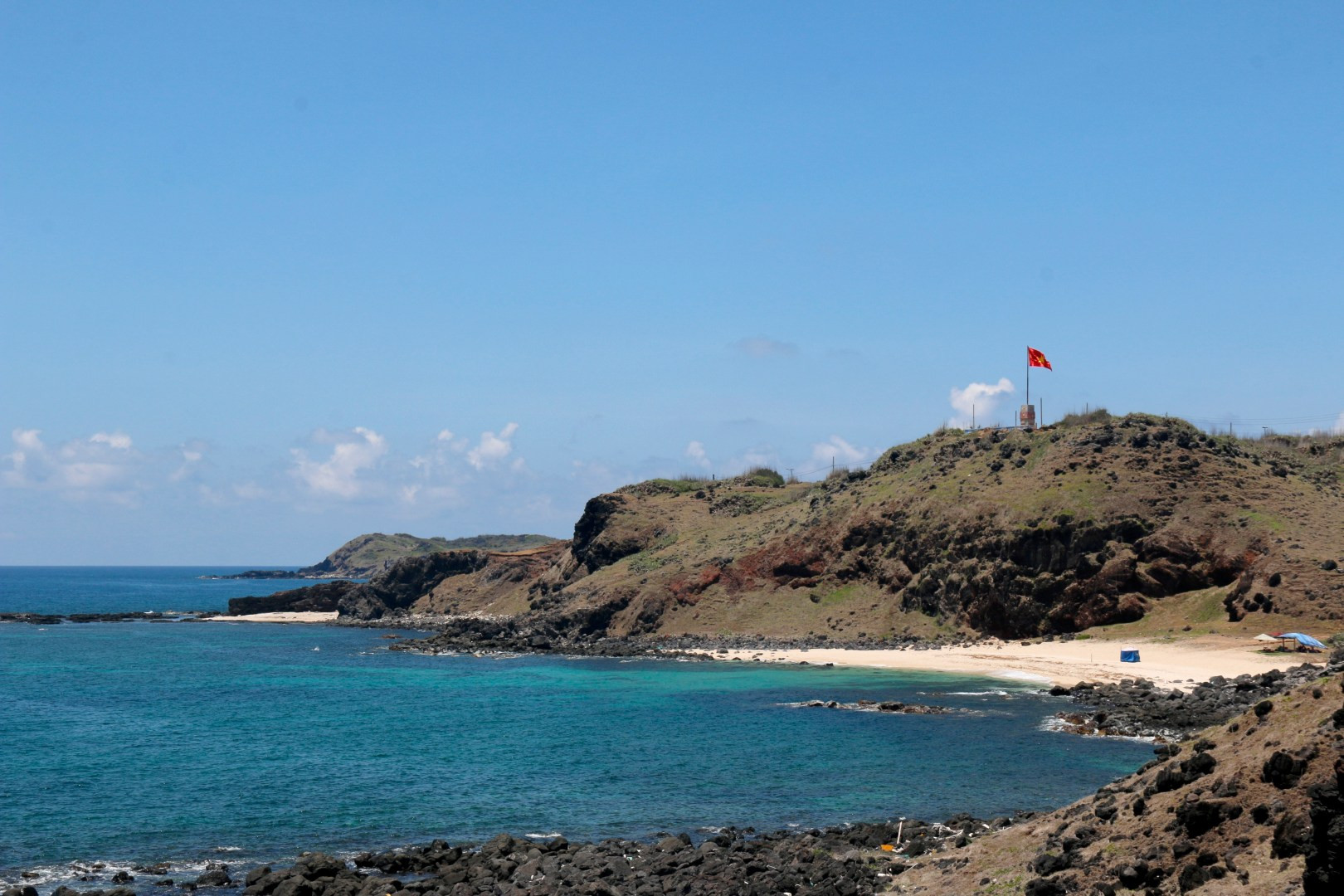
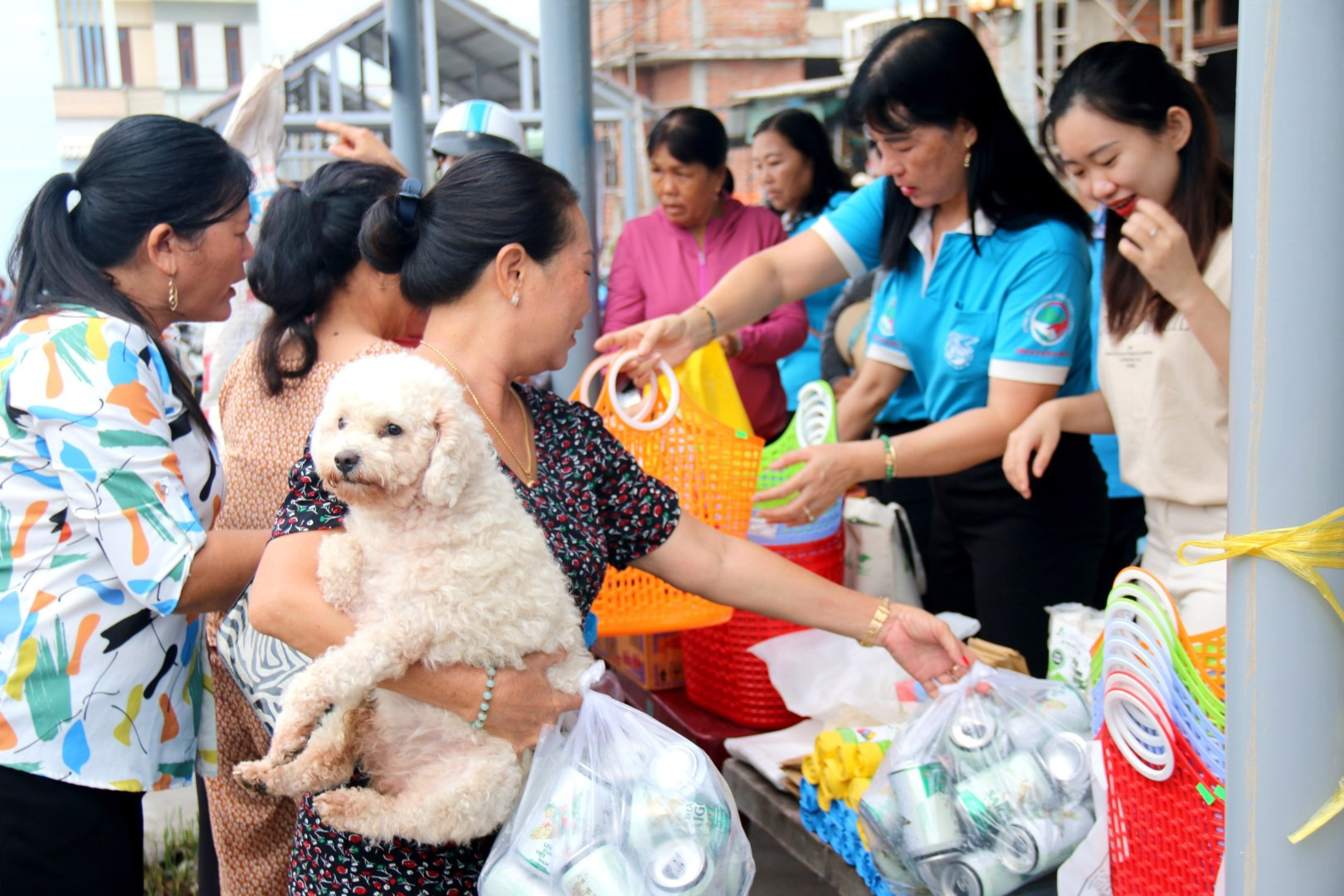
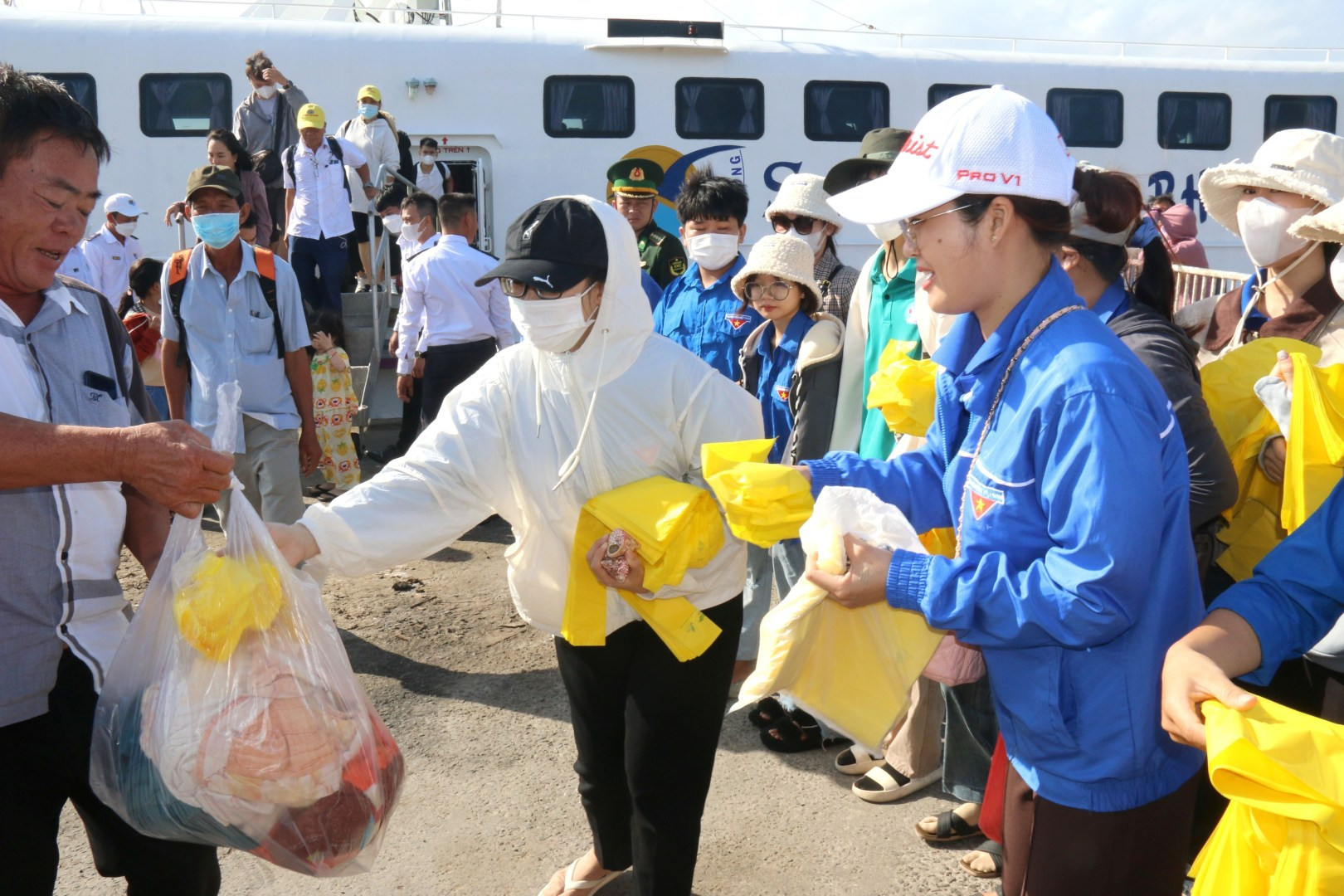
Phu Quoc says “no” to plastic bags
Phu Quoc island district in the Mekong Delta province of Kien Giang has experienced significant growth of the service sector, with marine tourism, accommodation, entertainment, and sports services generating substantial revenue for local businesses and budget.
To ensure the harmony between tourism development and environmental protection, the Phu Quoc National Park coordinated with the World Wide Fund for Nature Vietnam (WWF – Vietnam) to present hundreds of trash bins to and carry out awarness-raising communications targeting local residents, restaurant owners, entertainment sites, and providers of transport services for tourists participating in marine tourism activities.
Ly Vanh Tha, deputy head of the marine and wetland conservation division at the Phu Quoc National Park, said the Phu Quoc Marine Protected Area (MPA) plays an important role in restoring and developing fishery resources, developing sea-based economy, and improving coastal residents’ livelihoods.
However, in recent years, human activities, especially the release of plastic bags and bottles into the sea, have seriously affected the habitat of marine species, sea grass, and coral reefs in this protected area.
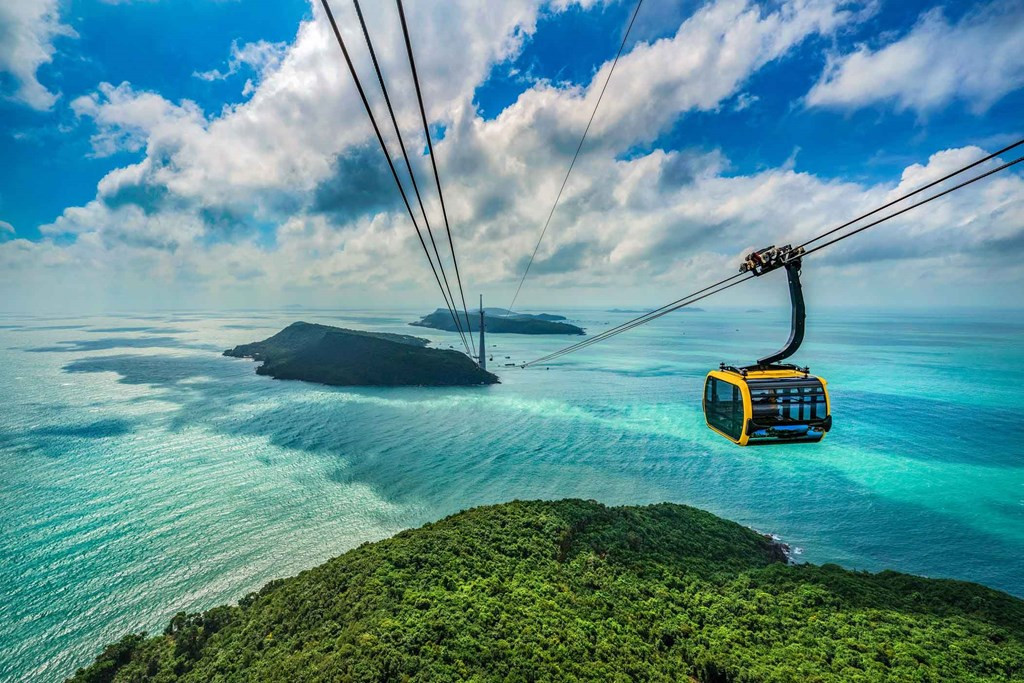
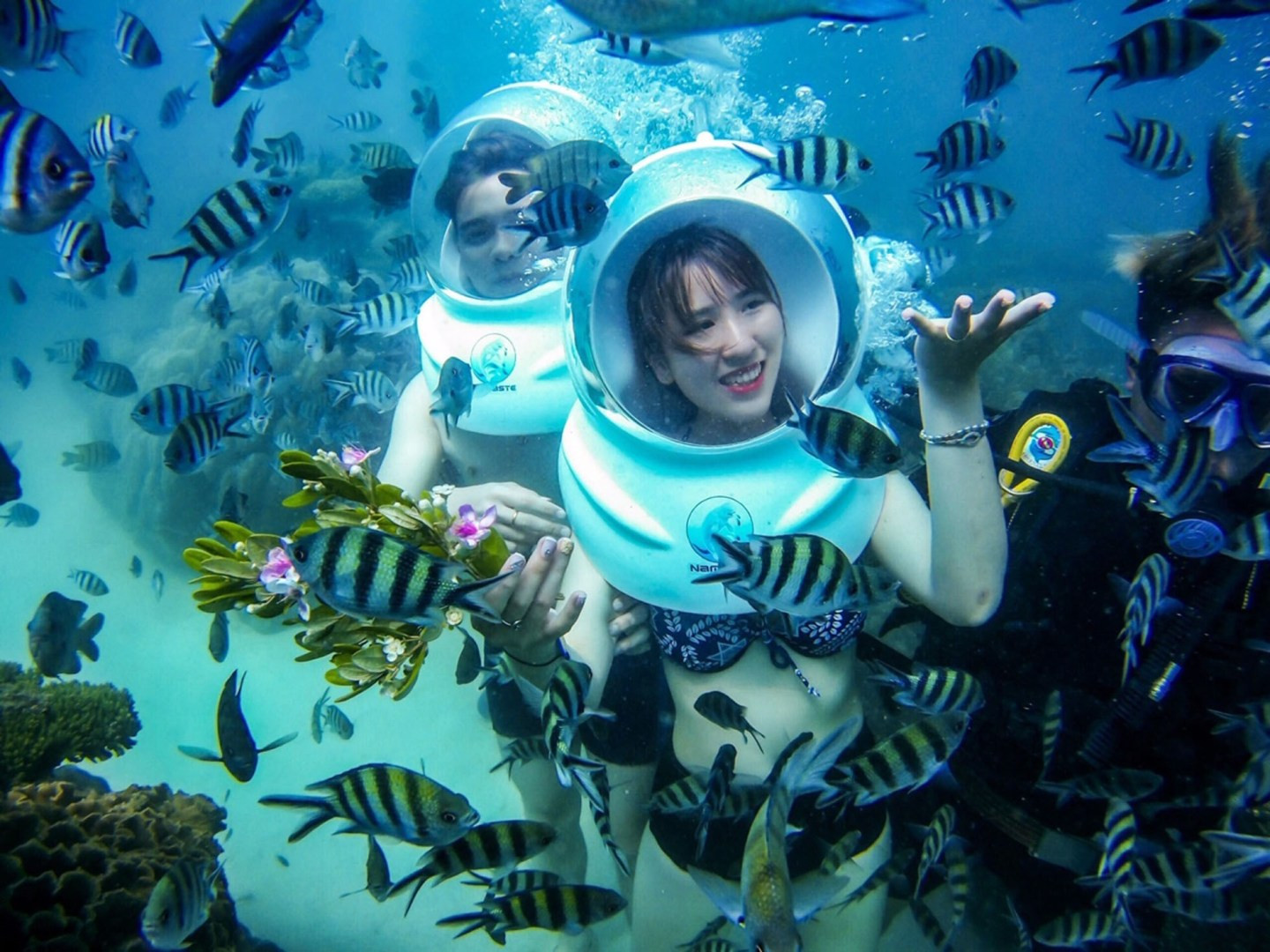
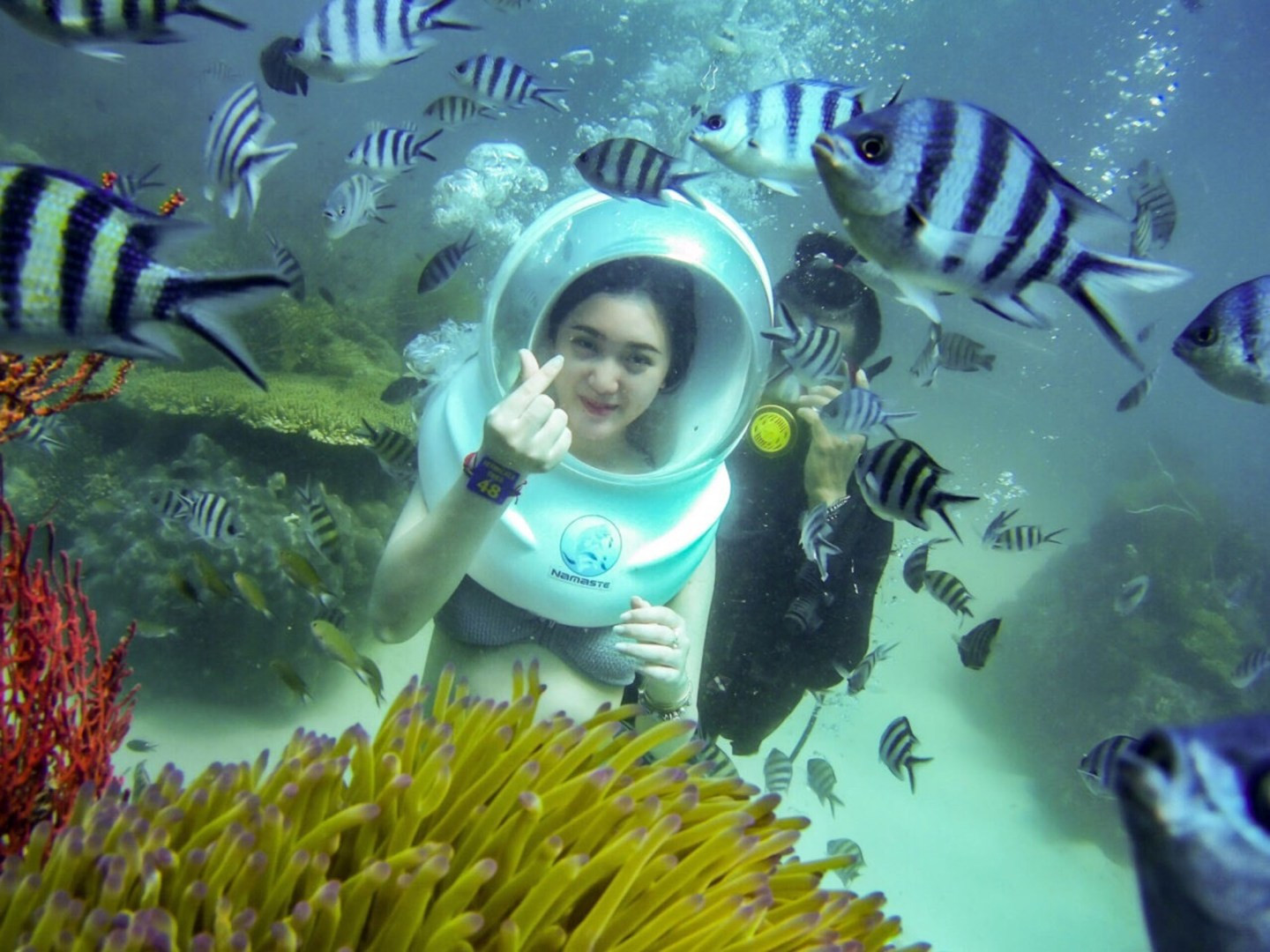
The division has also distributed leaflets and posters and provided trash bins for water transport vehicles so that vehicle owners and tourists do not throw trash into the sea but gather at designated sites for proper handling. Vehicle owners and tourist accommodations have also been encouraged to sign commitments in this regard.
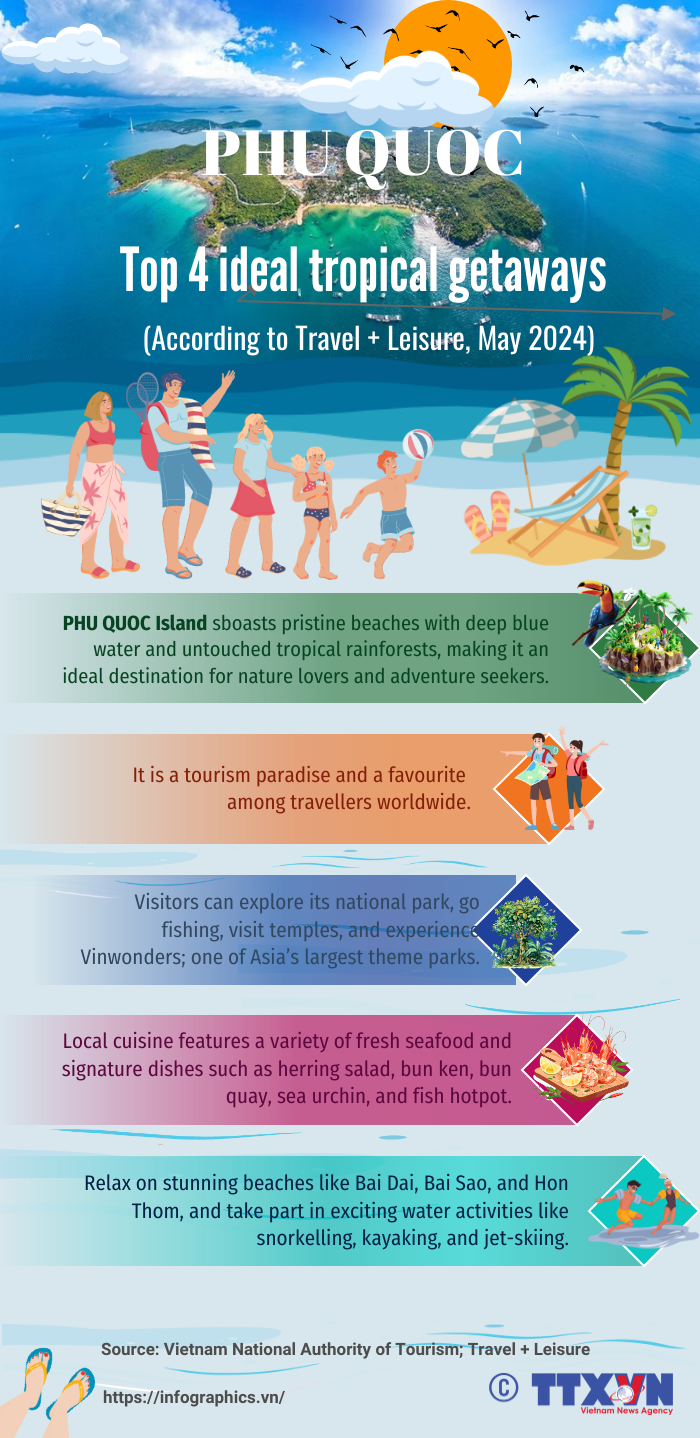
Thousands of tourists dive and admire coral reefs in the waters to the south of Phu Quoc Island every day.
Duong Hoai Phuong, captain of tourist boat John’s Tours 9, said that the crew always remind passengers to put waste into the bins and later bring it back to the shore for treatment.
Nguyen Hoang Nam, deputy head of the management division of ship Namaste Phu Quoc, said that they always strive to protect the sea as their livelihood depends on it. As coral is highly vulnerable to pollution, protecting the marine environment is also meant to protect and develop coral reefs so that they become more beautiful, which in turn will benefit their business, he added.
Plastic-free Co To Island
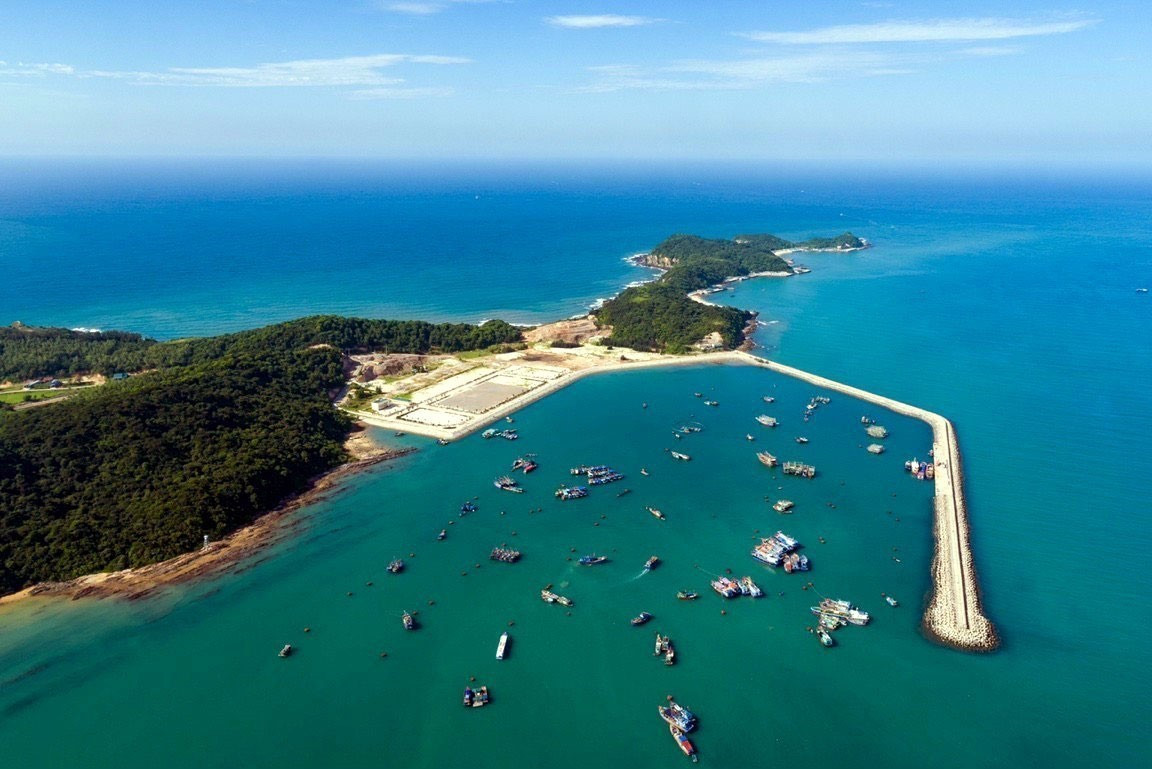
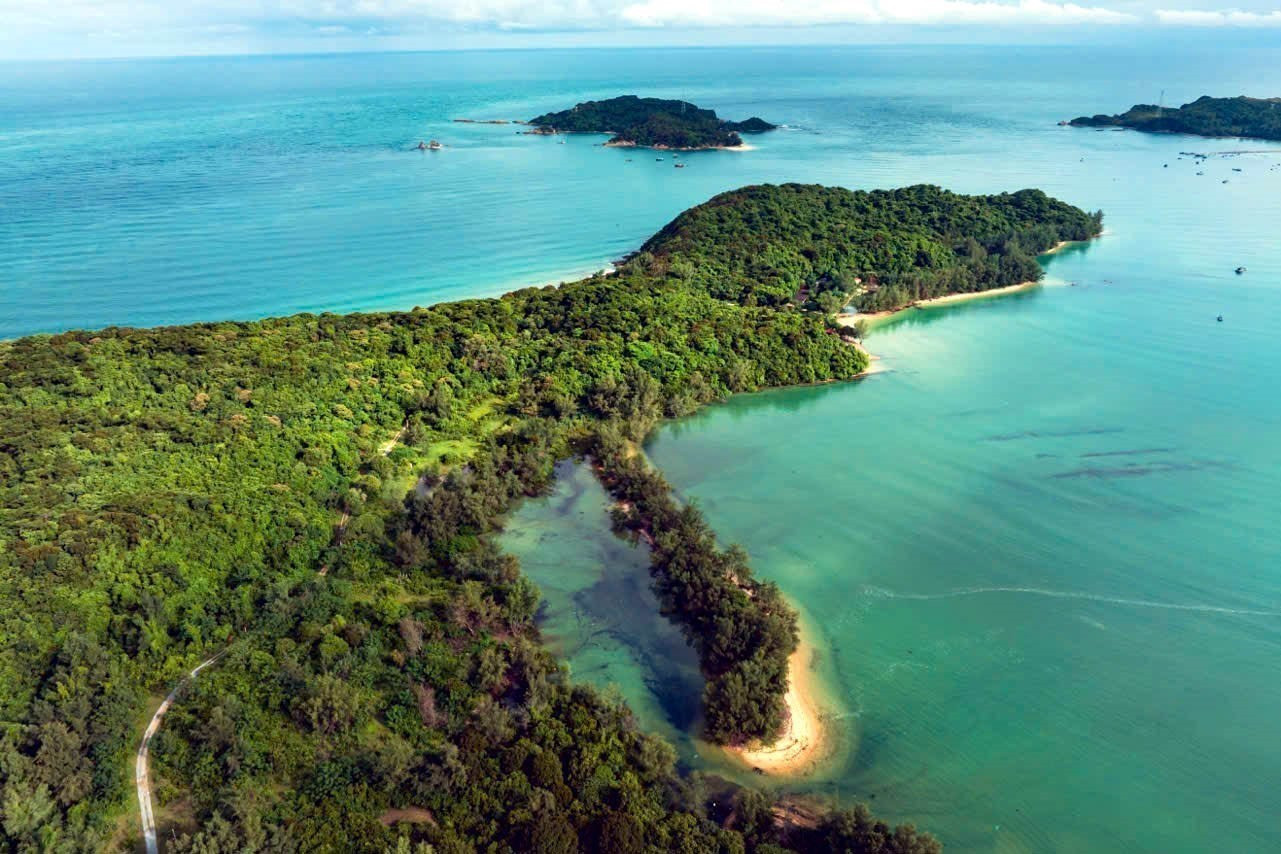
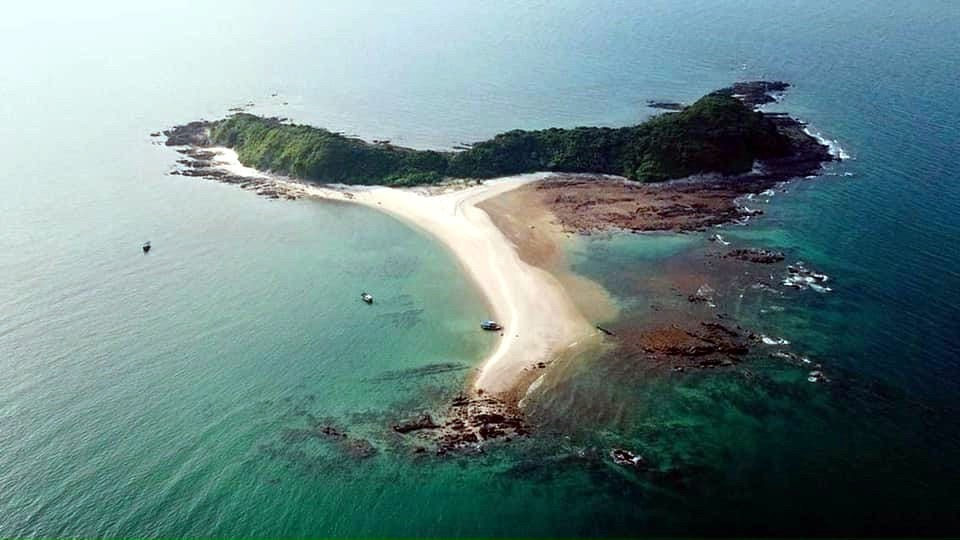
Co To Island in the northern province of Quang Ninh has rolled out multiple measures to improve the tourism environment and service quality so as to secure sustainable tourism development and ensure the harmony between enviornmental conservation and economic development.
Since August 2022, Co To has implemented communications activities to encourage tourists and residents not to use single-use plastic bags and items on the island. Since September last year, the district has prohibited tourists from bringing single-use plastic objects to its islands.
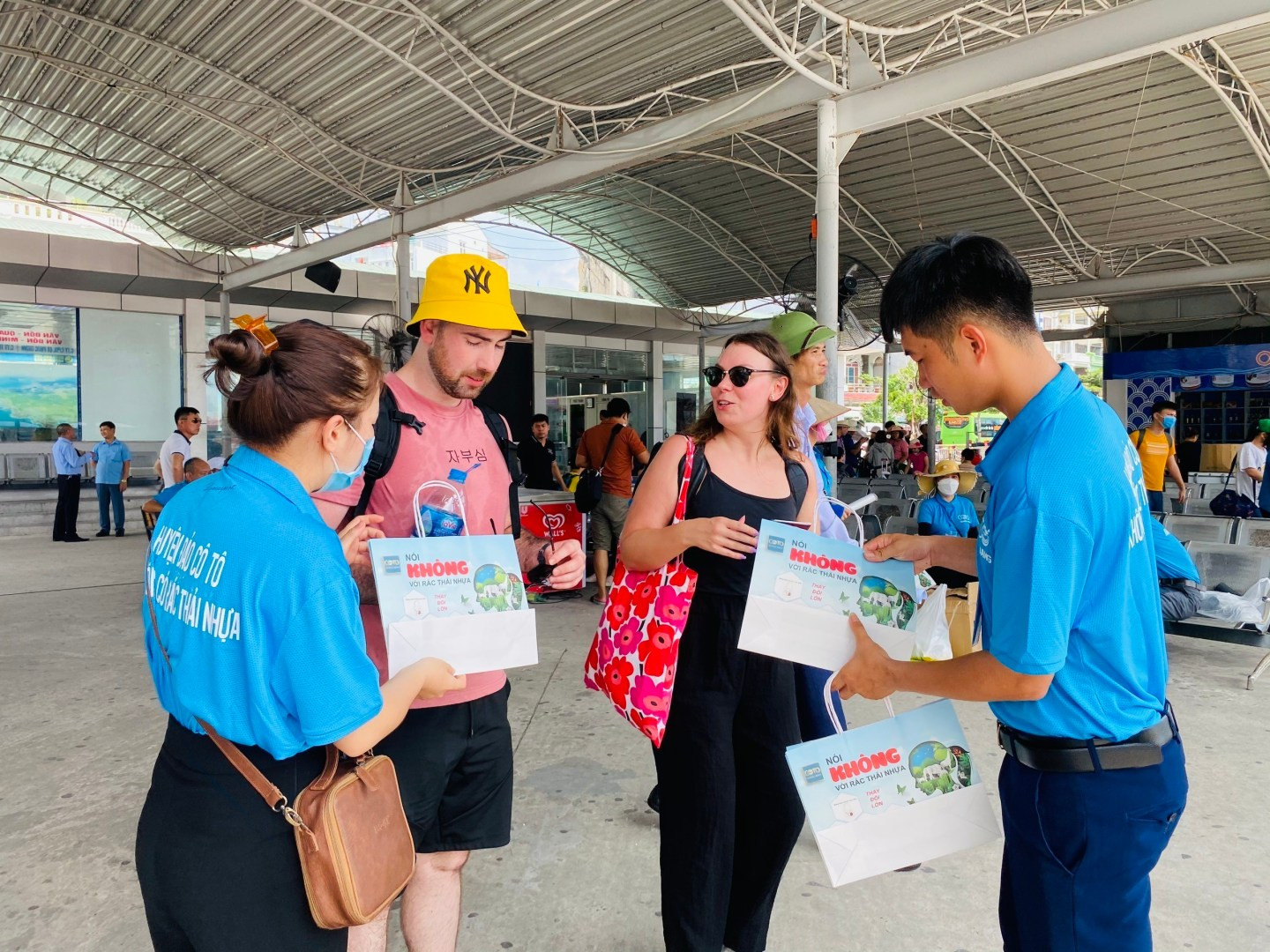
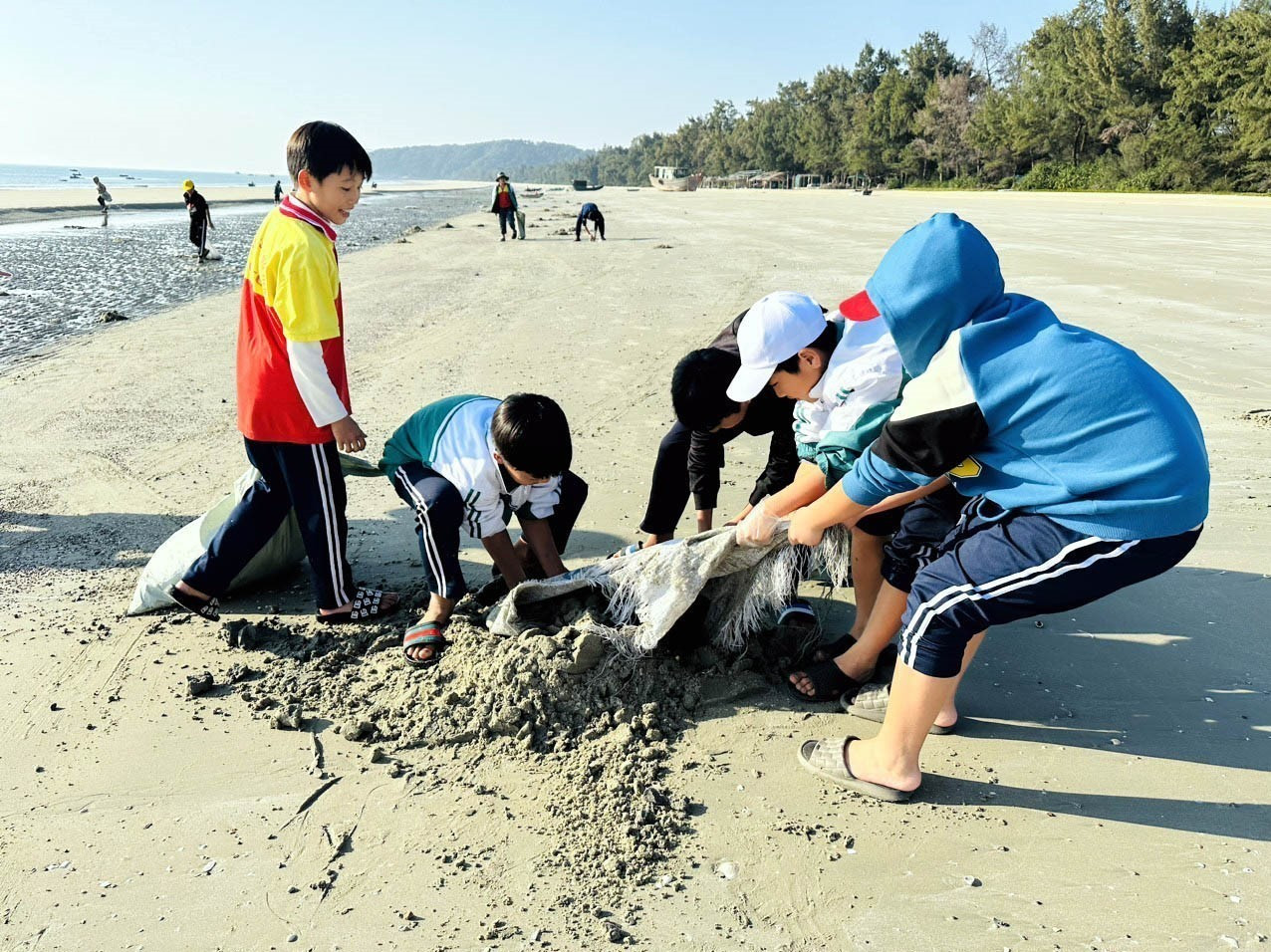
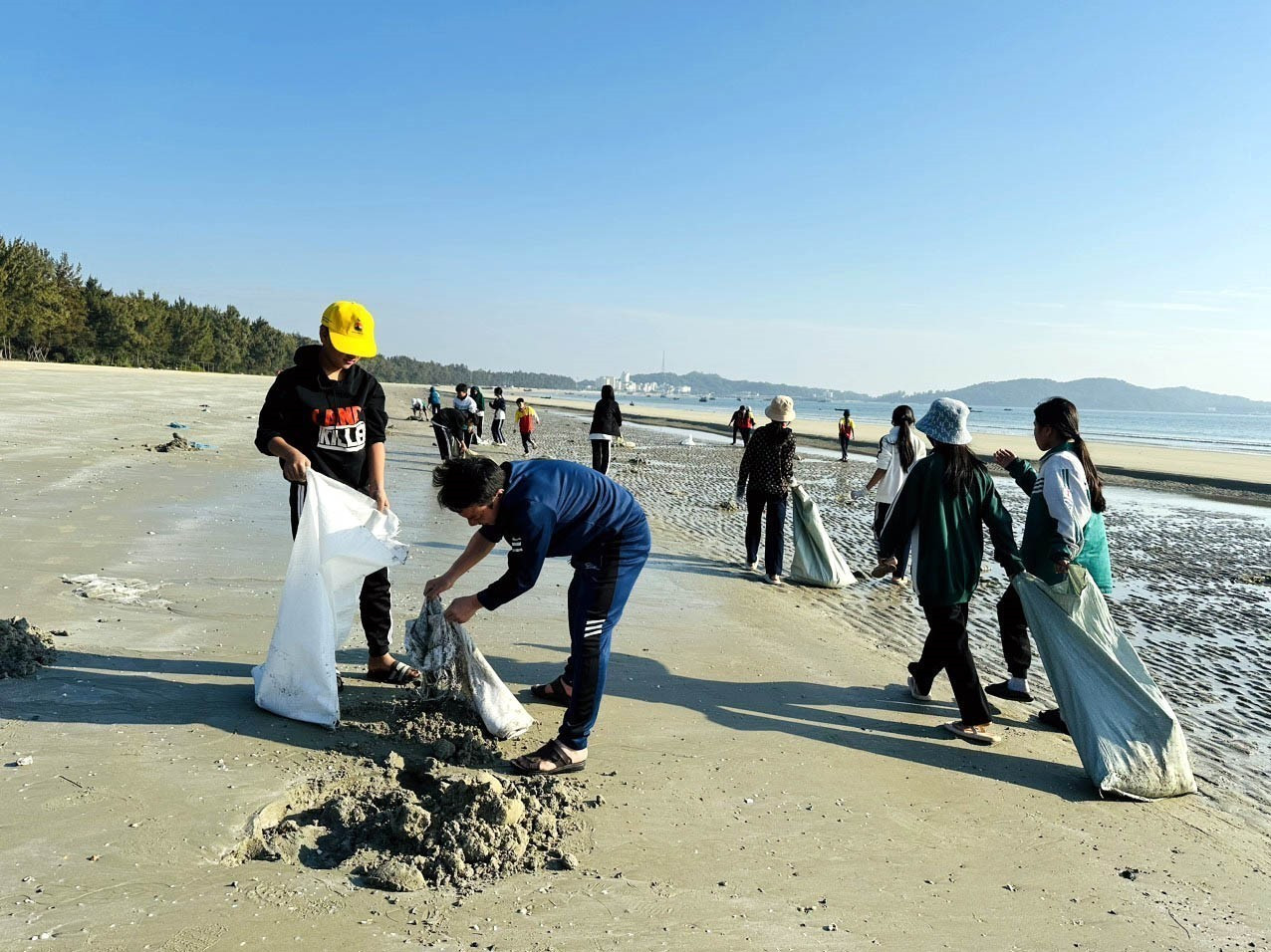
Nguyen Minh Hue, owner of Co To Center Homestay in Dong Tien commune, said her visitors are now served with water in glass bottles instead of single-use plastic ones. They are also provided with paper bags to contain items.
Her family has maintained this practice for seven years, thus reducing thousands of plastic bottles discharged into the environment each year, she went on, adding to create a green space, they also decorate the homestay with environmentally friendly materials such as rattan, bamboo and wood and say no to plastic decorations.
Some accommodation facilities on the island have also introduced a “garbage pick-up tour.” Joining this tour, people can collect trash while exploring beautiful sites on the island. As a result, the tour is attracting many tourists and receiving positive response from industry insiders in Co To district.
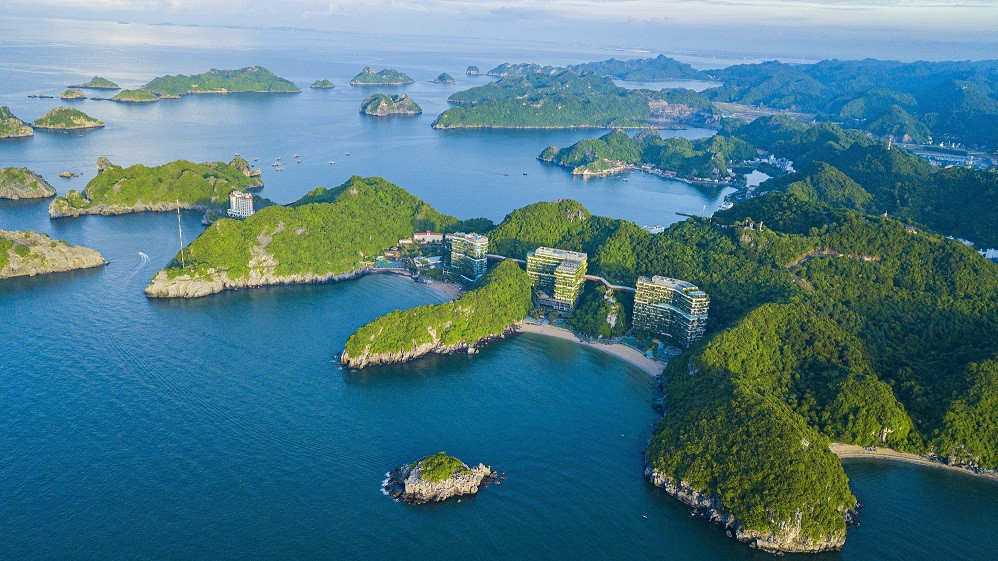
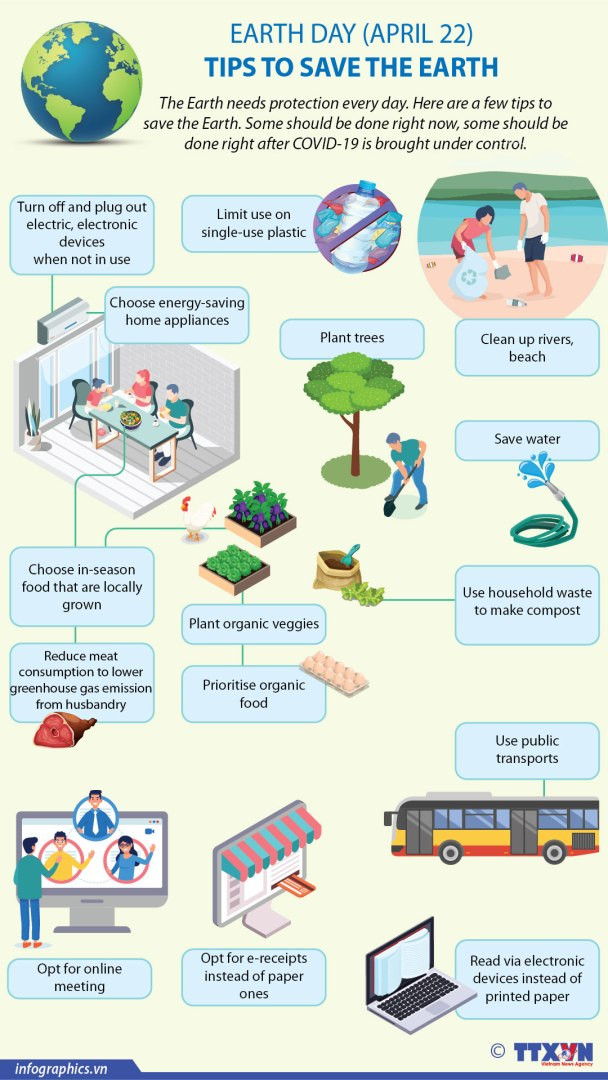
Hoang Van Hai, a tourist from Hanoi, said that this is the second time his family have visited Co To. Already informed about plastic reduction practices before the trip, they did not bring along plastic bottles or single-use plastic bags. He affirmed that his family will return to this island in the future.
Thanks to such efforts, the local marine environment has improved. Some rare animals such as sea turtles and dolphins have reappeared near the shore after many years while coral reefs also start to grow well./. VNA